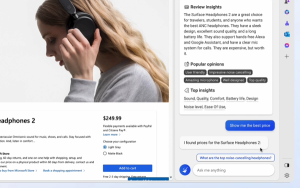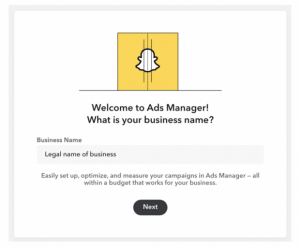Smartphones are convenient, social, and the fact that two out of three Americans own one puts an emphasis on brands to be mobile-friendly in 2015. Just as there was a transition from “on your desk” to “in your email,” the “I just texted you” culture shift is upon us.
Innovative developers are finding solutions to integrate mobile devices into daily human functions: from navigation to gaming to even dating. Shopping is no exception.
Recent studies by Pure Oxygen Labs show that 20 percent of the Internet’s top 500 mobile retail sites now use responsive design, up from 9 percent in 2014. Retailers are putting a bigger focus on smarter investments in mobile functionality to reach shoppers as they search.
A few months ago, Google announced that websites lacking mobile optimization and responsive design will lose search visibility. Referred to as Mobilegeddon, Google introduced new ranking signals to the search algorithm that prioritized mobile-friendly web pages.
Google is saying loud and clear that it likes responsive design. For marketers, this is an essential, sustainable investment to avoid penalties in search and optimize user-experience. It’s a vital requirement to stay relevant in a world viewed on screens of all sizes. Investing in mobile-friendly functionality can be powerful enough to turn a tap on the phone into a sale.
Now more than ever, consumer behavior is influenced by mobile search, cross-device ads, app indexing, and most importantly, responsive design. Though Google’s announcement this year added a level of urgency to brands, many already had the ball rolling. Don’t miss the boat.
But the ship hasn’t sailed yet. While the competition has already taken the lead, it’s not too late to enter the race on mobile. Smartly-developed responsive design will be the key to winning over visitors on small screen. Many top brands have already invested in making their websites beautiful and functional for any size screen or device.
Carvel, for example, delivers a consistent experience with imagery that reacts to every window adjustment and or screen size. On smartphones and tablets, the website features a menu front-and-center that turns the spotlight on searching for new locations, ordering online or discovering new flavors with beautiful visuals to keep mobile readers exploring.
Investing now removes the roadblock from incorporating mobile-friendly strategies into future marketing plans. Learn more about the benefits of responsive design to stay ahead of the competition and keep users engaging with you digital content on every device.
(557)





